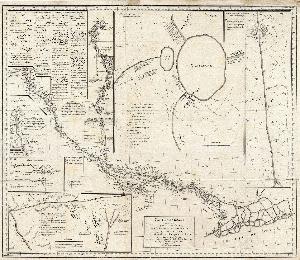Joseph Tiefenthaler Or Tieffentaller
Joseph Tiefenthaler Or Tieffentaller;Joseph Tieffenthaler
Place: Salorno
Born: 1710
Death: 1785
Biography:
Early Life and Missionary Work
Joseph Tiefenthaler Or Tieffentaller, an Austrian Jesuit missionary, was born on August 27, 1710, in Salorno, near Bolzano, Italy. His life's trajectory would lead him to become one of the earliest European geographers to write about India, leaving an indelible mark on the world of geography and art.
Artistic Contributions
Tiefenthaler's most notable work is Descriptio Indiae, a comprehensive geographical description of India. This opus not only solidified his position as a pioneering geographer but also showcased his artistic prowess, particularly in the realm of cartography.
- Cartographic Innovations: Tiefenthaler's work introduced novel cartographic techniques, setting a precedent for future geographers.
- Cultural Significance: His descriptions of India provided a unique window into the region's cultural and geographical landscape, influencing European perceptions of the subcontinent.
Notable Artworks and Their Significance
- Carte Generale du Cours du Gange et du Gagra, a map showcasing the courses of the sacred Ganges and Ghaghara Rivers, represents a synergy of Indian and European sources. (Available for reproduction on Wikioo.org)
- This piece is an early example of accurate geographical depiction, blending Indian pilgrimage mapping with European Enlightenment era cartography.
Legacy and Influence
Tiefenthaler's work has been recognized as a foundational element in the development of Indian geography. His innovative approach to cartography has influenced numerous artists and geographers, making him a pivotal figure in the history of geography.
- Influence on Future Geographers: Tiefenthaler's techniques have been adopted by subsequent geographers, ensuring his legacy endures.
- Cultural Impact: His descriptions of India have contributed to a broader understanding of the region's cultural and geographical significance.
Museums and Collections Featuring Tiefenthaler's Work
- The Museum Parrocchiale (Verolanuova, Italy) - While not exclusively featuring Tiefenthaler's work, this museum showcases a collection of artworks from various periods, including those influenced by his cartographic innovations. (View Collection on Wikioo.org)
- Other notable museums featuring geographical and cartographical works can be found on Wikioo.org's Art Database.
Tiefenthaler's life, marked by his pioneering work in geography and cartography, serves as a testament to the enduring power of art and knowledge. His legacy continues to inspire, making him an integral part of both geographical and artistic heritage.

